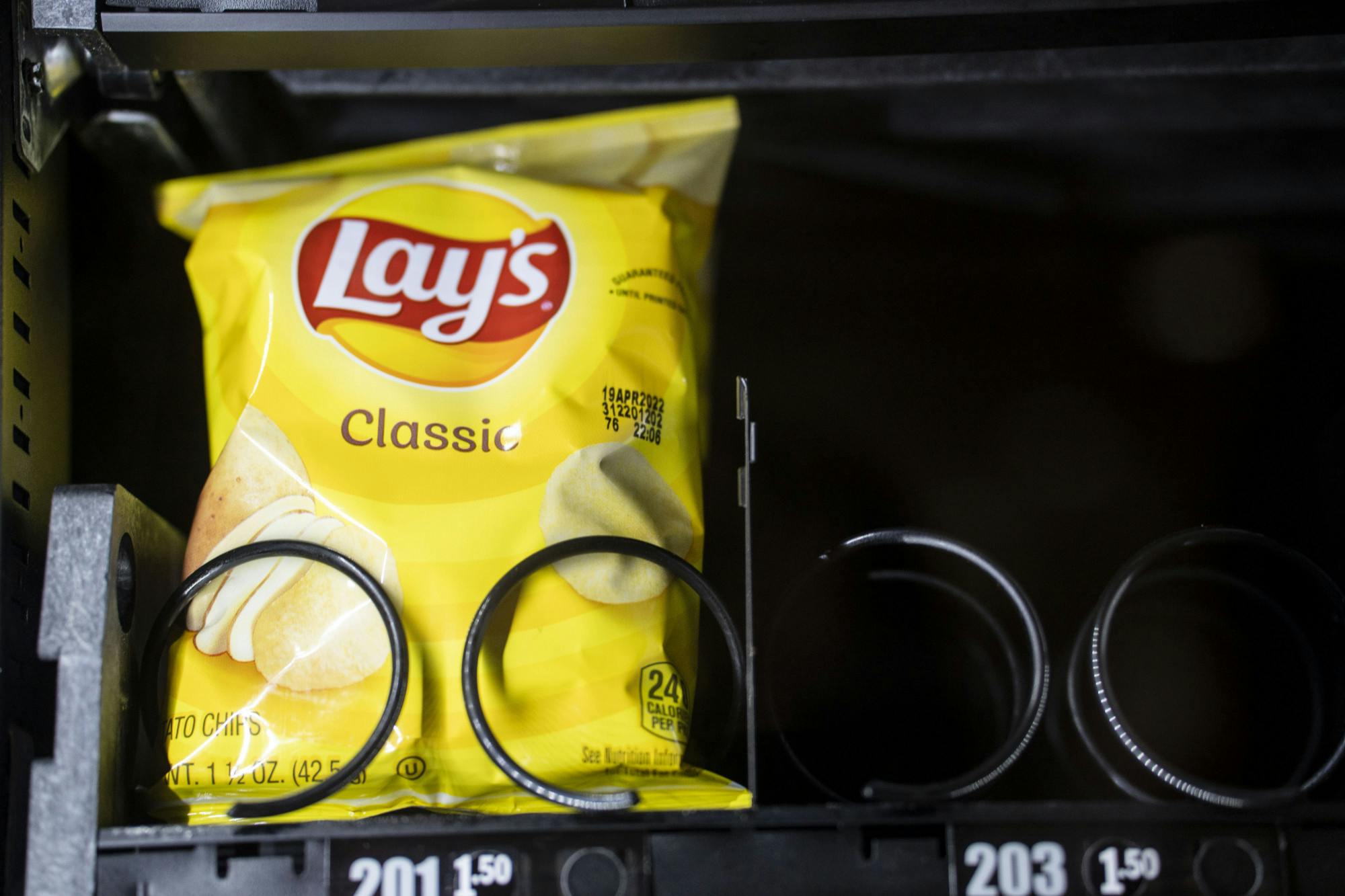According to Michigan State University assistant professor Muhammad Rabnawaz, around 30% of plastic produced today cannot be recycled. He's looking to change that.
An MSU research project led by Rabnawaz, who works in the School of Packaging, will attempt to redesign these plastics to be more recyclable, aided by a recent $1.7 million investment from the U.S. Department of Energy, or DOE.
The project will focus on packaging made up of multiple layers, often including paper, plastic and metal. A common example is a potato chip bag — these multilayer films, or MLFs, help keep oxygen and moisture out of the bag, extending the shelf life of the product.
“Many people do not know that 30% of the plastic that is produced today, it goes into the multilayer packaging,” Rabnawaz said. “The problem is … even if you collect them, you cannot recycle them.”
The project will focus on reducing the number of layers used in this packaging, as well as redesigning these types of packages with more recyclable materials in mind.
“There’s not going to be a silver bullet technology … but in particular, for this application, they’ve chosen to target an all-polyester multilayer film,” Jay Fitzgerald, Chief Scientist for the DOE’s Bioenergy Technologies Office, said.
The investment is supervised in part by this office.
Polyester, a form of plastic, is more recyclable because it can be broken down and restructured more easily than other materials.
“A polyester linkage is one that the chemistry community knows how to break down efficiently, and in a way that isn't destructive to the molecules themselves,” Fitzgerald said.
Fitzgerald said this would be done through chemical recycling, which is a process not commonly practiced today.
Despite the use of polyester, these MLFs will still look and feel the same to a consumer.
Rabnawaz said the research has already demonstrated the feasibility of the project. In the next three years, he and his team will investigate whether all-polyester MLFs can be recycled back into useful materials and whether all-polyester MLFs can match or exceed the performance of conventional MLFs.
Performance includes attributes like tensile strength, and moisture, oxygen and puncture resistance.
“I think by the end of the project we will be able to implement this in the real world,” Rabnawaz said.
Fitzgerald said the team is proposing a new process for breaking down these plastics, but these processes would be fairly similar to the way we recycle number one plastic products, including plastic water bottles and food containers. Rabnawaz said the recycling of all-polyester MLFs would be easily integrated into current recycling processes.
Part of Rabnawaz’s motivation to apply for the DOE investment is a personal responsibility he feels towards the wastefulness of plastic.
“I think packaging is a big contributor to the waste plastic,” Rabnawaz said. “I think it's a responsibility of all of us who can contribute to solve this problem. We still keep using plastic as a material. It's a great material, but we need to use in a sustainable way. … We need to make it in a more circular way.”
The investment is part of a broader $13.4 million investment the DOE said will combat plastic waste and reduce plastic industry emissions.
Support student media!
Please consider donating to The State News and help fund the future of journalism.
Discussion
Share and discuss “Inside the DOE's $1.7 million investment into sustainable plastic research at MSU” on social media.


